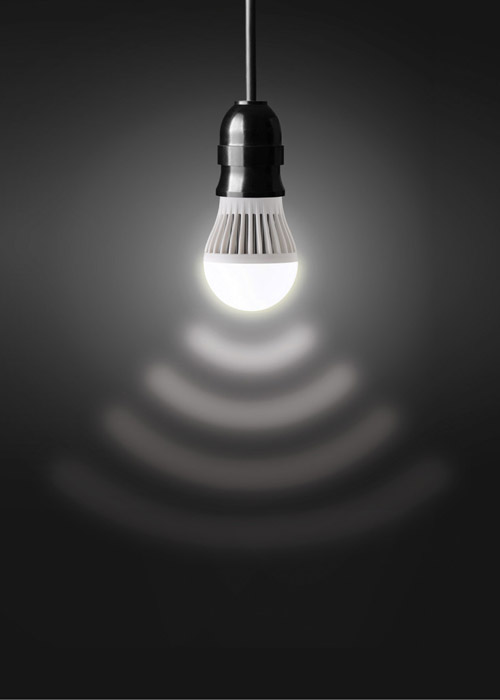
As our nonstop exchange of information fills the electromagnetic spectrum available for Wi-Fi, light fidelity (Li-Fi) is emerging as one solution to pick up the slack. Li-Fi turns LED lamps into internet and broadcast data transmitters, creating a new form of high-speed, optical wireless communication that leverages the visible and infrared (IR) light spectrums.
Harald Haas, a professor of mobile communications at the University of Edinburgh, in Scotland, debuted Li-Fi technology to the public during a 2011 TEDGlobal Talk before co-founding PureLiFi, a company that builds on his university research. The technology has since taken off. In April 2017, the Institute of Electrical and Electronics Engineers (IEEE) even formed a task group to revise 802.15.7-2011: IEEE Standard for Local and Metropolitan Area Networks in part to include Li-Fi.
Li-Fi Fundamentals
To send data, Li-Fi relies on the modulation of light at frequencies that are imperceptible to the human eye in most lighting applications. As semiconductors, LEDs can turn on and off up to a million times per second, enabling the diodes to send data quickly, says Tom Van den bussche, founder of Toric, a lighting-technology company based near Paris.
In a Li-Fi installation, a digital signal processor integrated or attached to an LED driver takes data from a network, server, or the internet and converts it into a digital signal—basically a sequence of discrete voltage levels. The LED driver in each fixture converts the digital signal into a photonic signal, transmitting it at a very high frequency as an Orthogonal Frequency Division Multiplex (OFDM) signal, says PureLiFi chief operating officer Harald Burchardt. OFDM signals are also employed in 4G LTE and Wi-Fi technologies because they use many small-bandwidth channels collectively rather than a single large-bandwidth channel. The decoder on the receiving device—say, a computer or smartphone—then translates the OFDM signals into data for the user.
PureLiFi currently offers a product that acts as “a Li-Fi access point that replaces a bulb [and] unites the signal processor and driver into a single replacement LED lamp for the room lighting fixture,” Burchardt says. Each access point has a unique IP address, allowing the fixtures to talk to each other and to hand over data transmissions seamlessly as, for example, a user walks down a hallway with their device.
Currently, PureLiFi’s technology requires each receiving device to have a USB dongle with a photoreceptor to receive the signal and a decoder to convert the data from photonic to electronic, Burchardt says. The dongle also houses an infrared LED to modulate the upload signal for returning data to the luminaires and into the network.
Ideally, the Li-Fi access point, lamp driver, router, and LED system would connect to the internet using either power-line communication (PLC), which sends data over cables also used to power the hardware, or power over Ethernet (PoE), which sends power over Ethernet cables, says Peter Babigian, a partner at New York–based technology consultant Cerami & Associates. Both PLC and PoE aim to reduce costs by providing data and power over the same cable.
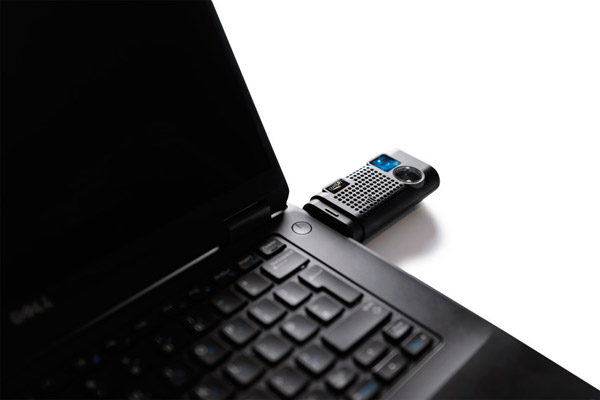
Courtesy pureLiFi
Currently, devices must employ a USB dongle, such as this one by PureLiFi, to receive and decode downlink data, and to modulate an upload signal for sending uplink information via Li-Fi.
Li-Fi’s Competitive Advantage
The capabilities of Li-Fi are more advanced than visual light communication (VLC) and Wi-Fi. VLC is a one-way, point-to-point optical communications technology while Li-Fi enables two-way communications over multiple frequencies for mobile and networked connections. While VLC and Li-Fi are both “light communication technologies,” Babigian notes, the latter is a hybrid of VLC and IR communications. “The downlink [aspect]—LED to photodetector—is VLC, but the uplink is infrared,” he says.
Burchardt says that the radio spectrum allotted for wireless communications spans only 300 gigahertz while the visible light spectrum spans 300 terahertz, from red light at 400 terahertz to violet at 700 terahertz. Thus, light has 1,000 times more frequency available for wireless communications than radio—though its full capacity has yet to be realized. “While Li-Fi has the potential to achieve much higher data rates than we can currently achieve using Wi-Fi,” Burchardt says, “we haven’t seen any commercial systems that are 100 times faster.” PureLiFi’s product currently reaches upload and download speeds up to 43 megabits per second, he says, though speeds have topped the tens of gigabits per second under controlled settings in the lab.
Unlike Wi-Fi, Li-Fi transmits data to devices via direct and incident light without risk of disrupting sensitive electronics, such as those found in hospitals or on airplanes. And because Li-Fi is directional, requiring a line of sight between the transmitter and the receiving device, it cannot transmit data through walls. “Li-Fi’s security concerns will be very few because you have to be physically in the area where the light is to hack it—and then people will notice you,” says Toric’s Van den bussche.
Li-Fi’s directionality also reduces the risk of interference with other devices vying for a connection. “Co-channel interference, a source of noise, and electrosmog (electromagnetic radiation from the simultaneous use of mains electricity and wireless technology), which exist in radio waves, are absent in Li-Fi,” Babigian says.
Data density—the broadband capacity and data rates per square meter—is also greater in Li-Fi than Wi-Fi. While people using the same Wi-Fi access point will compete for bandwidth, Li-Fi’s limited coverage—it has a range of about 10 meters (33 feet)—and multiple access points per room reduce competition for bandwidth. Keep in mind though that the amount of bandwidth allocated to a business or residence is ultimately determined by its internet service provider (ISP); that is, no matter how quickly a device connects to the internet, the bandwidth from there on out will only be as fast as the ISP offers.
Van den bussche notes one final advantage: The Li-Fi spectrum, unlike Wi-Fi, is entirely free to everyone as no regulatory body owns the light spectrum—and no entity will ever be able to claim it because this is physically impossible. Thus, no license will be required to communicate with it.
Ideal Li-Fi Applications
Li-Fi can be used anywhere that can be outfitted with wireless communications and electric lighting: commercial buildings, retail environments, and smart cities for in-vehicle data transmission. “As IoT [Internet of Things] and smart applications gain traction, Li-Fi offers the omnipresent wireless connections that these devices and applications need,” Burchardt says.
"As IoT and smart applications gain traction, Li-Fi offers the omnipresent wireless connections that these devices and applications need."
Along with its use in bidirectional internet communications, Li-Fi holds promise in cataloging and entertainment applications. Toric and Luciom, a French VLC company acquired by Philips Lighting in late 2016, refer to these three respective applications as Li-Fi Internet, Li-Fi Tag, and Li-Fi Broadcast categories. Li-Fi Tag uses a router to broadcast the same tag repeatedly, for example, to confirm the specific row and shelf of a product in a store or distribution center, Van den bussche says. The data flows one way from the emitter to the receiver, such as a device used for tracking inventory. Li-Fi Broadcast uses a router to transmit data, videos, music, and shopping coupons one way to consumer devices, such as smartphones.
Li-Fi is also advantageous in indoor navigation and warehousing uses because it can pinpoint the location of a product in three dimensions while RFID only offers dimensions along the horizontal plane. “In applications for the disabled,” Van den bussche says, “you could use Li-Fi to guide the blind not only to where the door is, but to where the handle is.”
The Economics of Li-Fi
Incorporating Li-Fi Tag into a project requires a relatively straightforward modification to the driver of each LED fixture. “You then need to check again whether the fixture is still within its spec,” Van den bussche says. “This is mainly an electromagnetic compatibility check, which the fixture manufacturer would perform.”
The complexity of installation increases with Li-Fi Broadcast since it requires an internet LAN connection—which most commercial businesses have—for each transmitter as well as a dongle for each receiving device.
Li-Fi Internet, at least in the case for PureLiFi’s networked technology, requires the installation of integrated Li-Fi luminaires, or access points, and either PoE or PLC for the backhaul.
Still, the logistics of installing Li-Fi is just one factor. Cost is another. Even as the radio spectrum fills up, Li-Fi will likely complement Wi-Fi but not replace it. “It is not cheap to run Ethernet cables to every Li-Fi module when you can just use Wi-Fi,” says Vitaliy Vinogradov, an internet-industry veteran and the CEO of Modern Place Lighting, an LED fixture manufacturer in West Palm Beach, Fla. Installing PoE LED lighting helps clear a path for Li-Fi because the associated backhaul cost is less when both power and data use the same infrastructure.
However, other Li-Fi components are also expensive. “Li-Fi needs to come down in cost by a factor of 50 to 100 as internal Li-Fi stacks cost $1,000 to $2,000 per transmitting unit,” Van den bussche says. Plus, Li-Fi requires more transmitting units than Wi-Fi. “These need to come down to $100 a piece to be comparable.” Shrinking Li-Fi systems so smartphones and laptops can house internal Li-Fi receivers is an ongoing and expensive R&D effort, he adds, but “costs will come down as usage increases.”
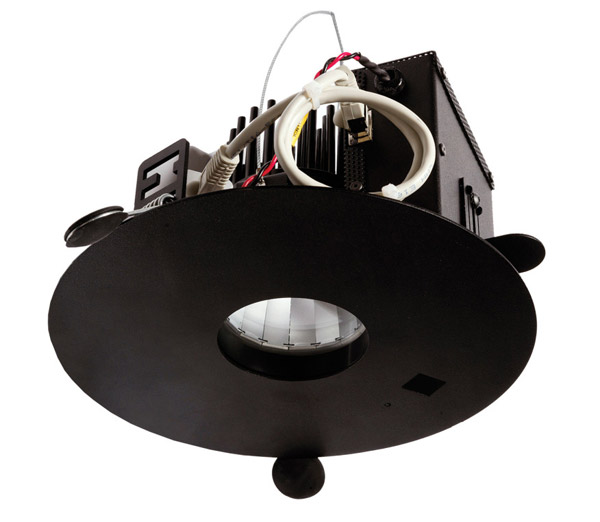
Courtesy pureLiFi
PureLiFi’s integrated LED luminaire serves as a Li-Fi access point and features a router and lamp driver. It is compatible with LEDs from multiple manufacturers.
Takeaways for Lighting Designers
Each commercial Li-Fi vendor will package the components of Li-Fi—specifically, the router, lamp driver, and LEDs—differently so lighting designers will need to understand these distinctions and learn how to work with, install, maintain, and use each vendor’s products. When reviewing Li-Fi products to specify, lighting designers should also evaluate performance metrics, including whether the Li-Fi system truly offers bidirectional (downlink and uplink) communication, and its compatibility with other manufacturers’ LEDs.
Operating LED lights below 60 lux will typically cause Li-Fi transmissions to cease; some loss of network speed and transmission range may even begin beforehand. “There are solutions for encoding data into ultra-short light pulses that are imperceptible to humans, increasing the potential for using Li-Fi in darker environments,” Babigian says.
Solid objects like walls and doors can keep Li-Fi from escaping a room, but within a room, a Li-Fi transmitter’s lamp would have to be entirely covered by something that does not allow light to pass in order to cut off the signal completely. “[Designers] have to be concerned about the availability of the light in a room due to concerns over line-of-sight,” Van den bussche says. “You can’t have things inappropriately reflecting or blocking the light.” The exception, of course, is when reflection is desired to increase the availability of the signal.
In the Real World
PureLiFi is currently in trials in Singapore, with the blessing of the city-state’s Info-communications Development Media Authority. “Though Li-Fi will eventually need to be available natively on smartphones and computers, people are putting the money into R&D, and it is only a matter of time,” Van den bussche says. “The first solutions should come to market in three to five years with more mainstream solutions in five to 10 years.”
But as long as the internet connection leading up to the Li-Fi remains slower than Li-Fi itself, Li-Fi won’t have a lot of viability. “For example, Cox Communications gives its Pensacola, Fla., customers a 1-gigabit-per-second router even though the fastest internet speed offered to residential customers is 300 megabits per second, which is less than one-third of the router’s capabilities,” Vinogradov says. “Implementing Li-Fi is like trying to sell a city on a big bridge over a small creek.”
In commercial applications, a fiber-wire connection is currently much faster and far more reliable than Li-Fi, Vinogradov notes. Gigabit fiber optic internet currently offers speeds up to 1 gigabit per second. However, if Li-Fi can reach the tens of gigabits per second in real-world applications that researchers have witnessed in the lab, it could become a true game-changer in wireless communications.
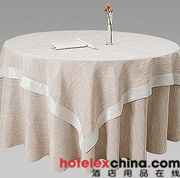
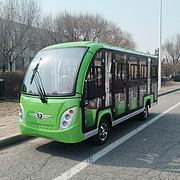

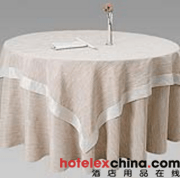
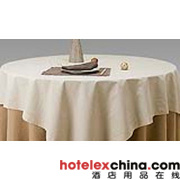
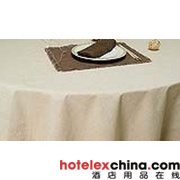
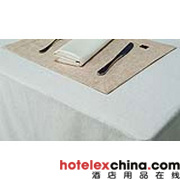
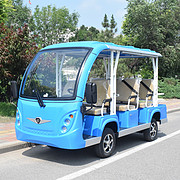


Service Hotline
Work Time:Mon-Fri 9:00-18:00
UTC+8

Sinoexpo Digital Platform
Copyright 2006-2025 Shanghai Sinoexpo Informa Markets International Exhibition Co., Ltd. All rights reserved
沪ICP备05034851号-77
 沪公网安备 31010402000543号
沪公网安备 31010402000543号